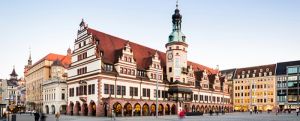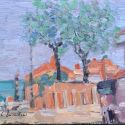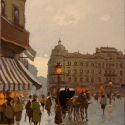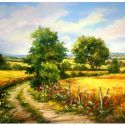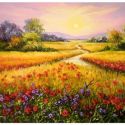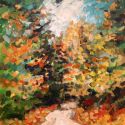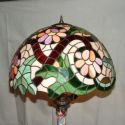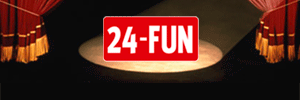 NEW YORK.- A major figure in the cultural landscape of the 1960s and 1970s, and an influence on contemporary artists to this day, Robert Smithson’s impact on American art is the subject of an exhibition opening at the Whitney Museum on June 23, 2005. This is the first comprehensive American retrospective devoted to Smithson’s work. Organized for the Museum of Contemporary Art, Los Angeles, by Eugenie Tsai, MOCA Ahmanson Curatorial Fellow, in association with MOCA Curator Connie Butler, Robert Smithson will be presented at the Whitney through October 23, 2005. The exhibition features more than 150 works, including paintings, works on paper, essays, photographs, objects, and films, all made from 1955 to 1973, the year in which the artist died, at the age of 35.
NEW YORK.- A major figure in the cultural landscape of the 1960s and 1970s, and an influence on contemporary artists to this day, Robert Smithson’s impact on American art is the subject of an exhibition opening at the Whitney Museum on June 23, 2005. This is the first comprehensive American retrospective devoted to Smithson’s work. Organized for the Museum of Contemporary Art, Los Angeles, by Eugenie Tsai, MOCA Ahmanson Curatorial Fellow, in association with MOCA Curator Connie Butler, Robert Smithson will be presented at the Whitney through October 23, 2005. The exhibition features more than 150 works, including paintings, works on paper, essays, photographs, objects, and films, all made from 1955 to 1973, the year in which the artist died, at the age of 35. Smithson's revolutionary ideas positioned art as existing beyond the walls of the museum in the form of writing and film, and even in the landscape itself. He utilized nontraditional art materials, such as language, mirrors, maps, dump trucks, abandoned quarries, hotels, contractors, and earth, to produce his sculptures, photographs, films, and earthworks. Best known as the creator of Spiral Jetty (1970), a 1,500-foot-long and 15-foot-wide rock coil that stretches into Utah’s Great Salt Lake, Smithson has long been acknowledged as one of the pioneers of earthworks.
"This exhibition presents the less familiar aspects of Smithson’s work," said curator Eugenie Tsai. "It aims to provide a more complete view of his multi-faceted practice. The conceptual continuity of his paintings, sculpture, film, photographs, and writings emerges, illuminating the remarkable relevance of his ideas to artists working today."
Robert Smithson examines four specific themes: landscape, language, the monument, and the site, each resonating throughout different periods of the artist’s career. The exhibition also traces the development of the artist’s fascination with nature’s tendency to increasing disorder or randomness—entropy—and with the entropic landscape, from the barren apocalyptic horizon found in his 1960s poetry, to his choice of Rozel Point, site of Spiral Jetty. These disrupted and displaced landscapes are simultaneously evocative of the primordial past as well as of the science fiction future.
Smithson began an exploration of monuments and their meaning when he wrote Entropy and the New Monuments (1966) in response to the Primary Structures exhibition at the Jewish Museum in New York. Smithson’s experiments with sites and mapping began in 1966, when he was commissioned to do a project for the Dallas-Fort Worth Regional Airport. His use of topographic maps from that project led him to develop a small but focused body of works based on maps and mapping. The last section of the exhibition is devoted to "site," a concept that grew out of Smithson’s work on the Dallas Airport project and expanded to encompass art institutions, notably museums.


